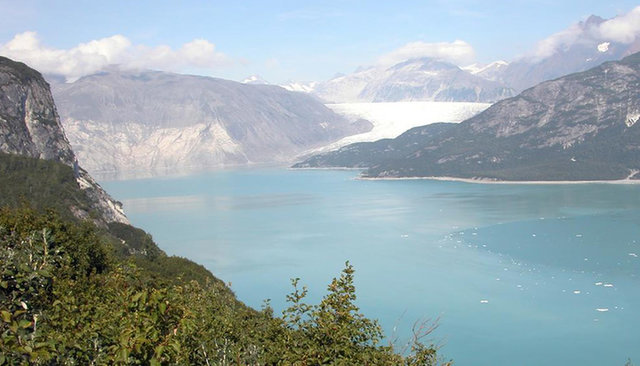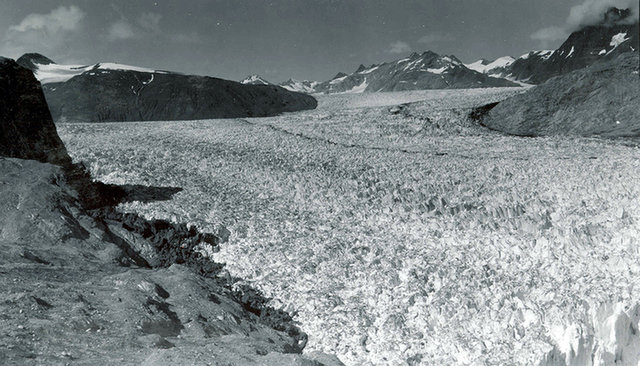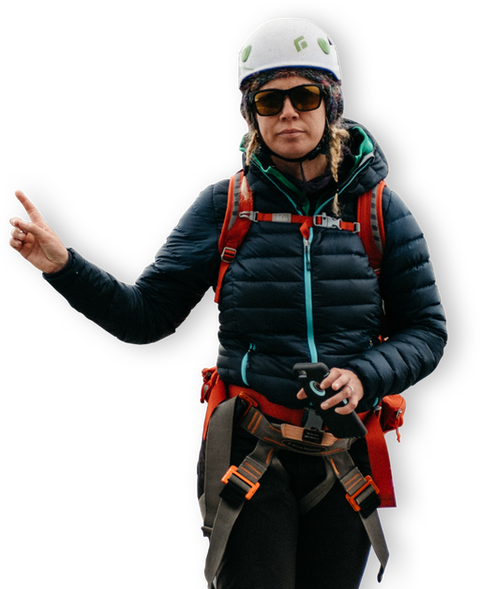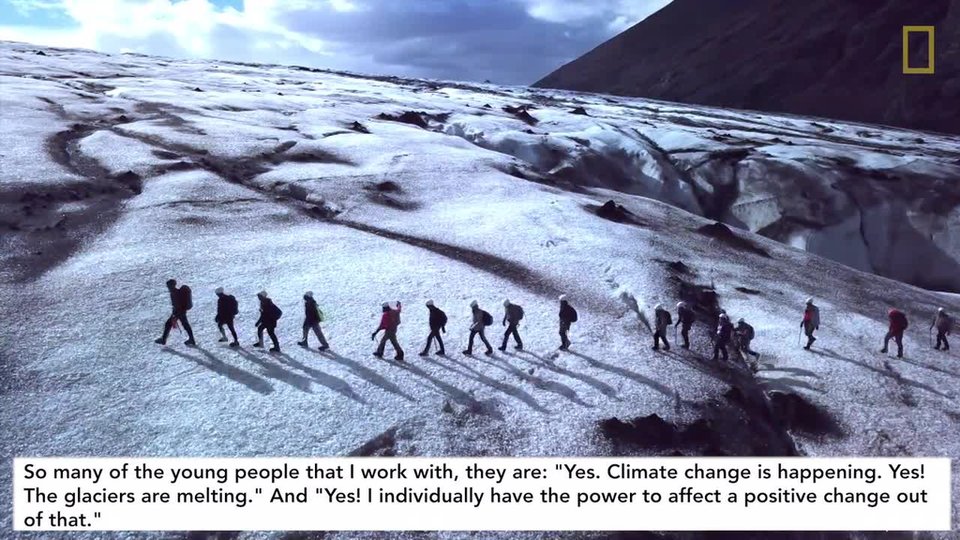
AniceberginEastGreenlandbreaksfromtheendofthistidewater glacier.
Whenafrozenglaciermeetsoceanwater,oftenthetwointeractinwaysthatcausetheterminus—theendpointoftheglacier— tocalve,orshed,hugechunksoficedirectlyintotheoceanas icebergs.
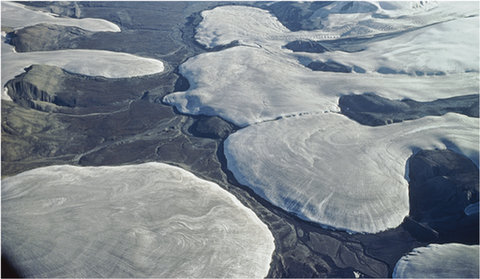
Piedmontglaciers,likethisoneinCanada,formwide,roundshapesastheyspilloutontoflat areas.
Glacier101
Isoonlearnedthattherearealotofglacierstostudy!Today,therearehundredsofthousandsofglaciers worldwide.
Someglaciersarehuge.WehaveicesheetsthatareroughlythesizeoftheU.S.statesofDelaware,Maryland,andNewJerseycombined!Today,onlytwoicesheetsexistinthe world—in GreenlandandAntarctica.Herearesomeofmyfavoriteicy landforms.
Therearemanyothertypesofglaciers.Valleyglacierswindthroughmountainsanderoderocks,carvingoutsteep, U‑shaped valleys.Therearetidewaterglaciers.Theseareglaciersthatflowintothe ocean.
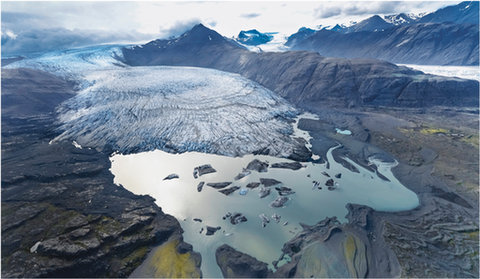
Alakeformsattheterminus ofthisIcelandicvalley glacier.
Piedmontglaciersflowfromsteepmountainareasontoflatareas.Whentheicemovesintotheflatarea,itstretchesoutintohugecrescentshapes.Therearetinyglacierscalledglacierets.Therearemysteriousglacierscalledrockglaciersthataremadeoutofrockandicefusedtogether.Therearesomanyothertypesofglaciers,andnotwoare alike.
GlobalGlaciers
Glaciersarefoundalloverthe world—in NorthandSouthAmerica,Asia,Antarctica,Europe,intheMiddleEast,Africa,andallalongtheEquator.Glaciersaffectglobalclimate.Theymakelocalweather.Theybuildandshapevastlandscapes.Theyprovidewaterandotheressentialresources.Theyactasearlyindicatorsofenvironmentalimbalances.Theyalsoconnectculturestolandscapesandevenprovidespiritual fulfillment.
Tome,that’swhat’ssopowerfulaboutglaciersandwhyIhavededicatedmylifetounderstandingthem.Theymakethingsthatcanfeelabstract,likeclimatechange, visible.
MuirGlacier,Alaska:
August13,1941andAugust31, 2004
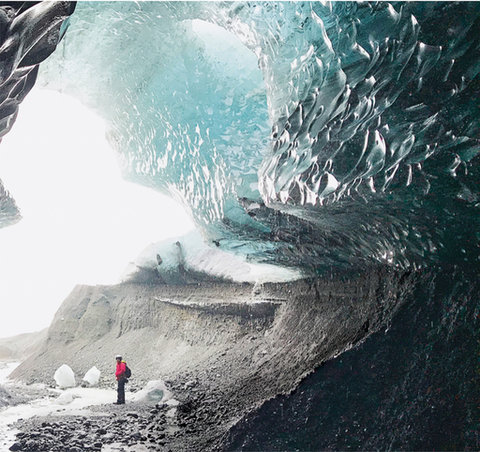
ThiswintericecaveformedwithinanIcelandic glacier.
Now,duetoclimatechange,glaciersaremelting.ThiswillhaveaprofoundaffectonEarth.Sealevelswillrise.Otherwatersourcesmaydryup.Andmanypeoplewholivewithglaciersmaylosepartoftheirwayoflifeortheircultural identity.
EverytimeIexploreaglacier,Iamremindedthaticeinfluencespeoplejustasmuchasweinfluenceice.Andthatmeanswhathappenstoglaciers,happensto us.
